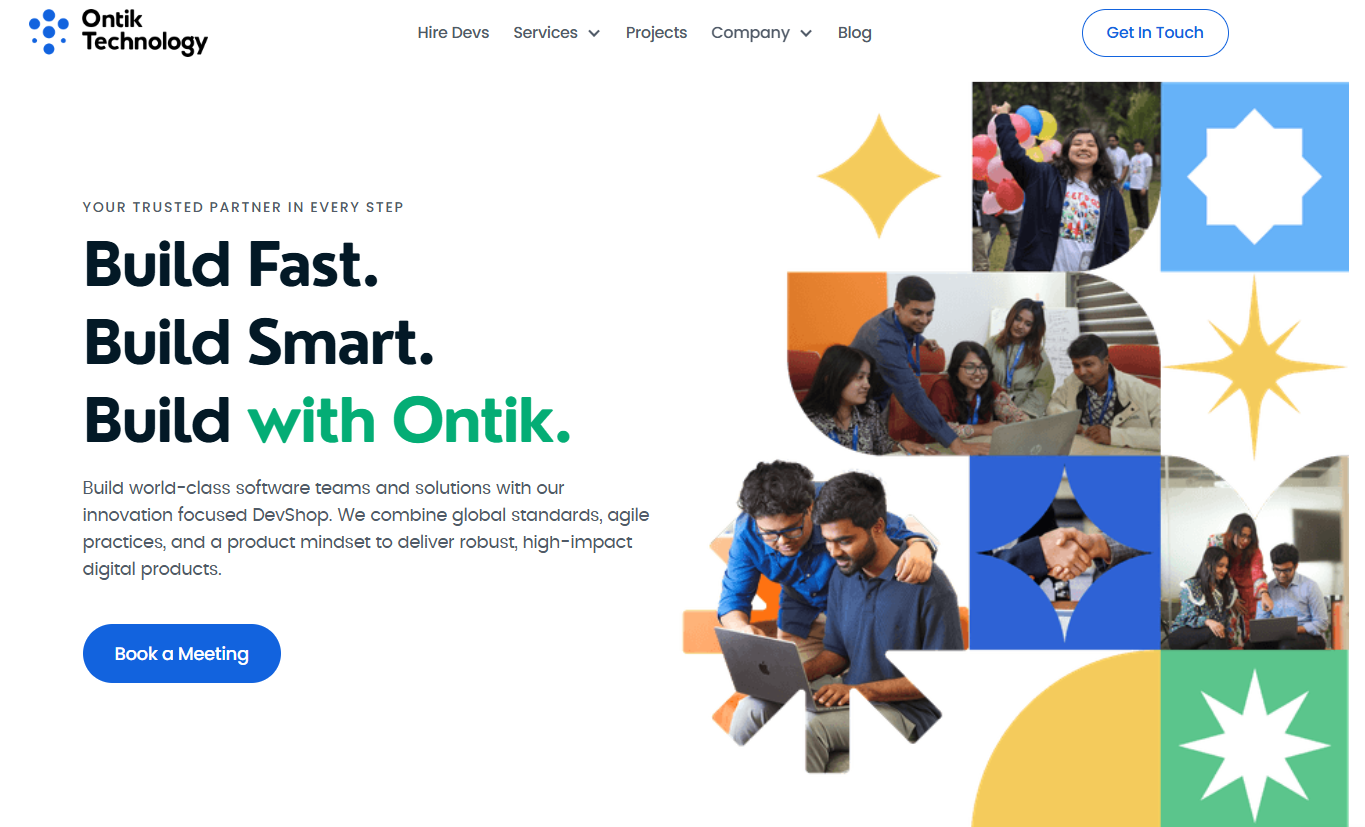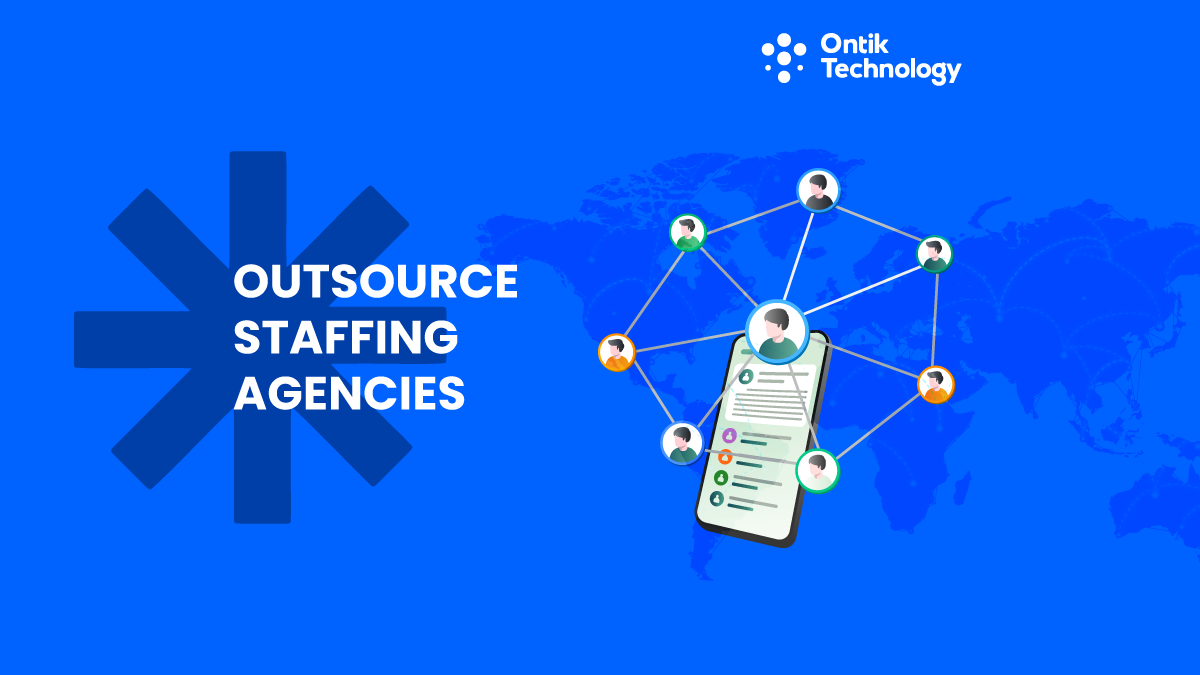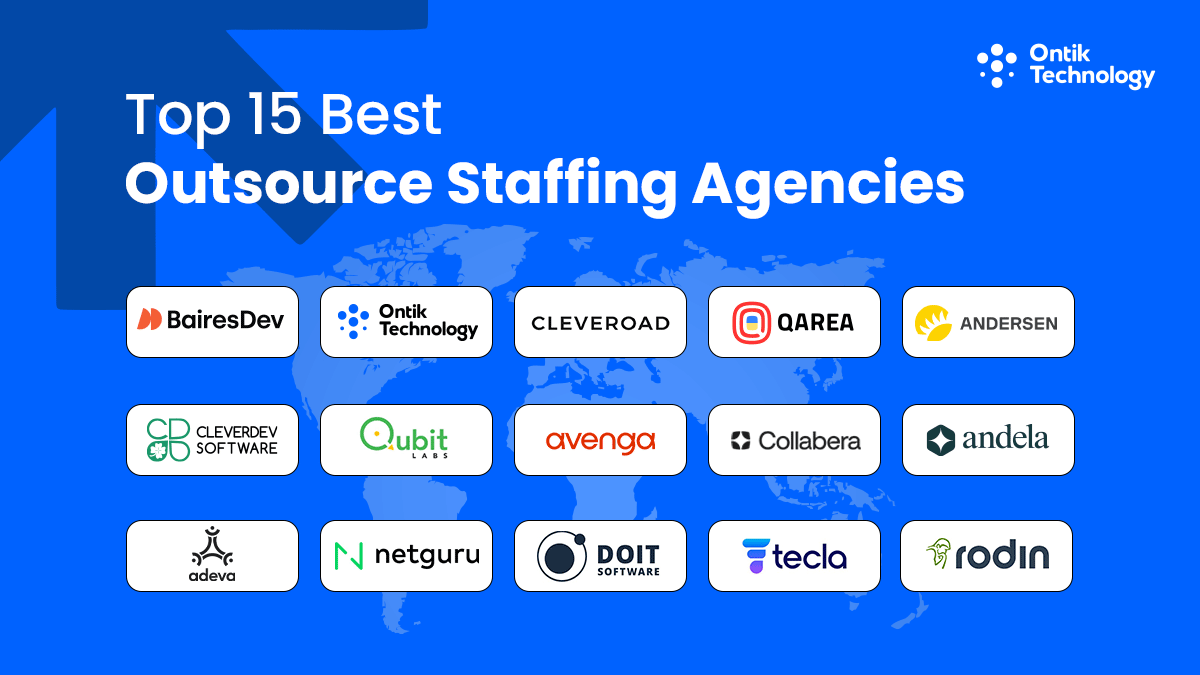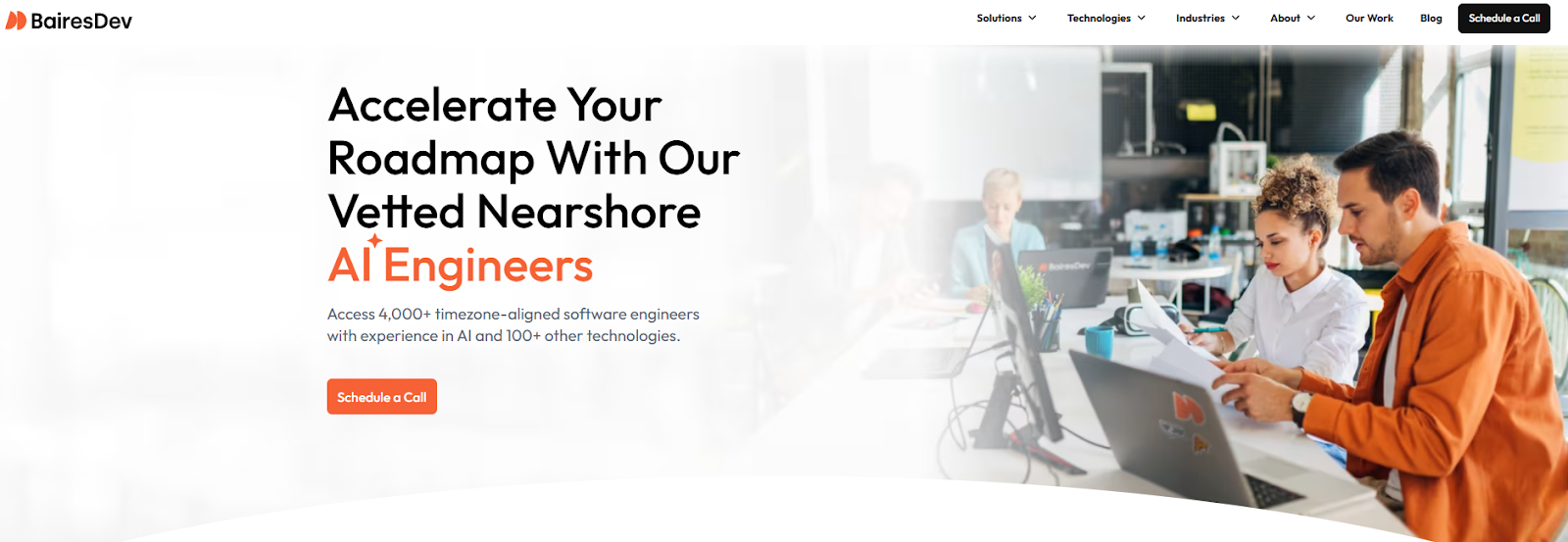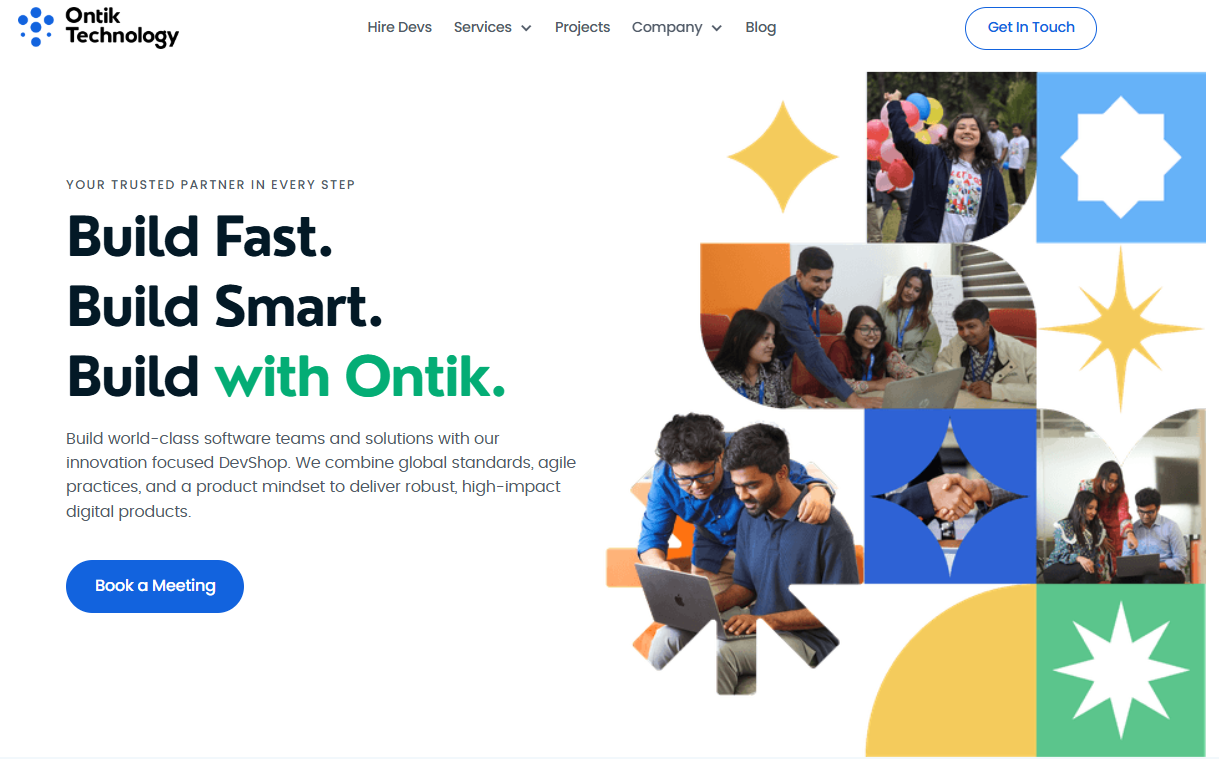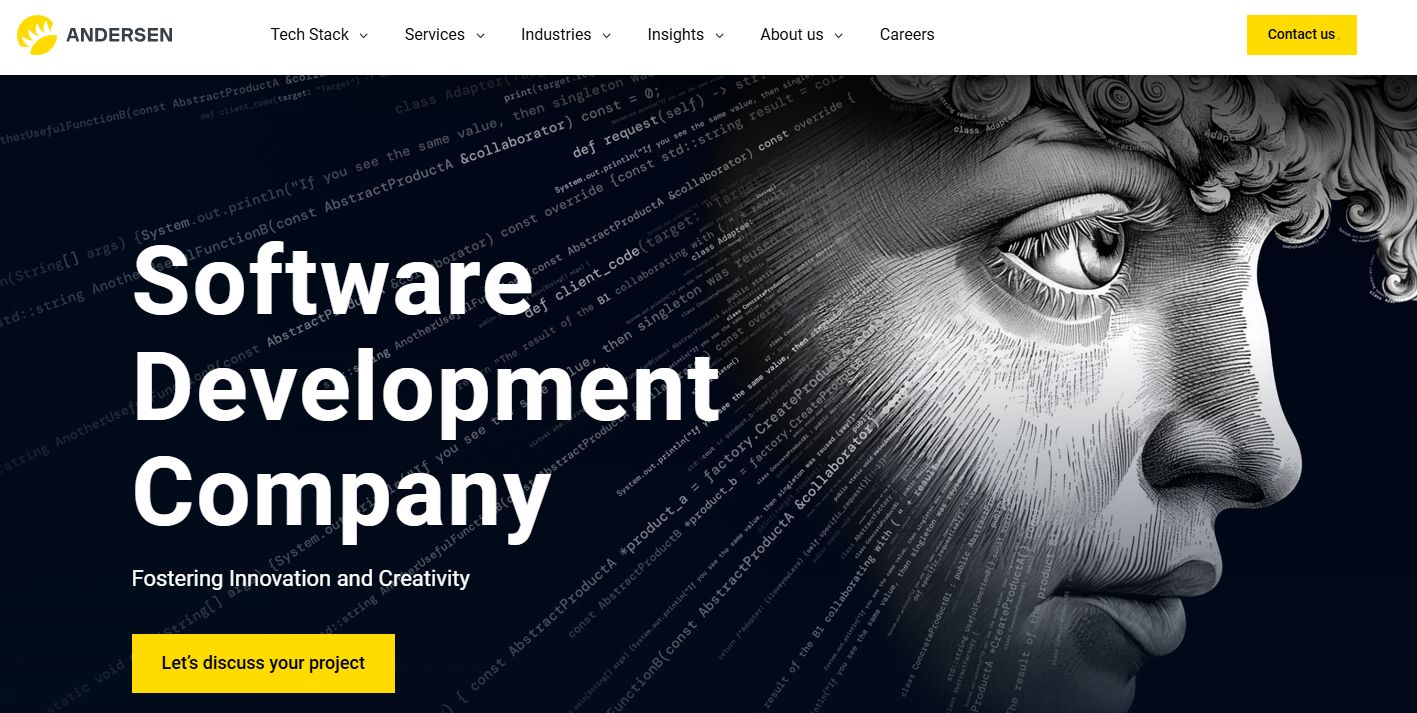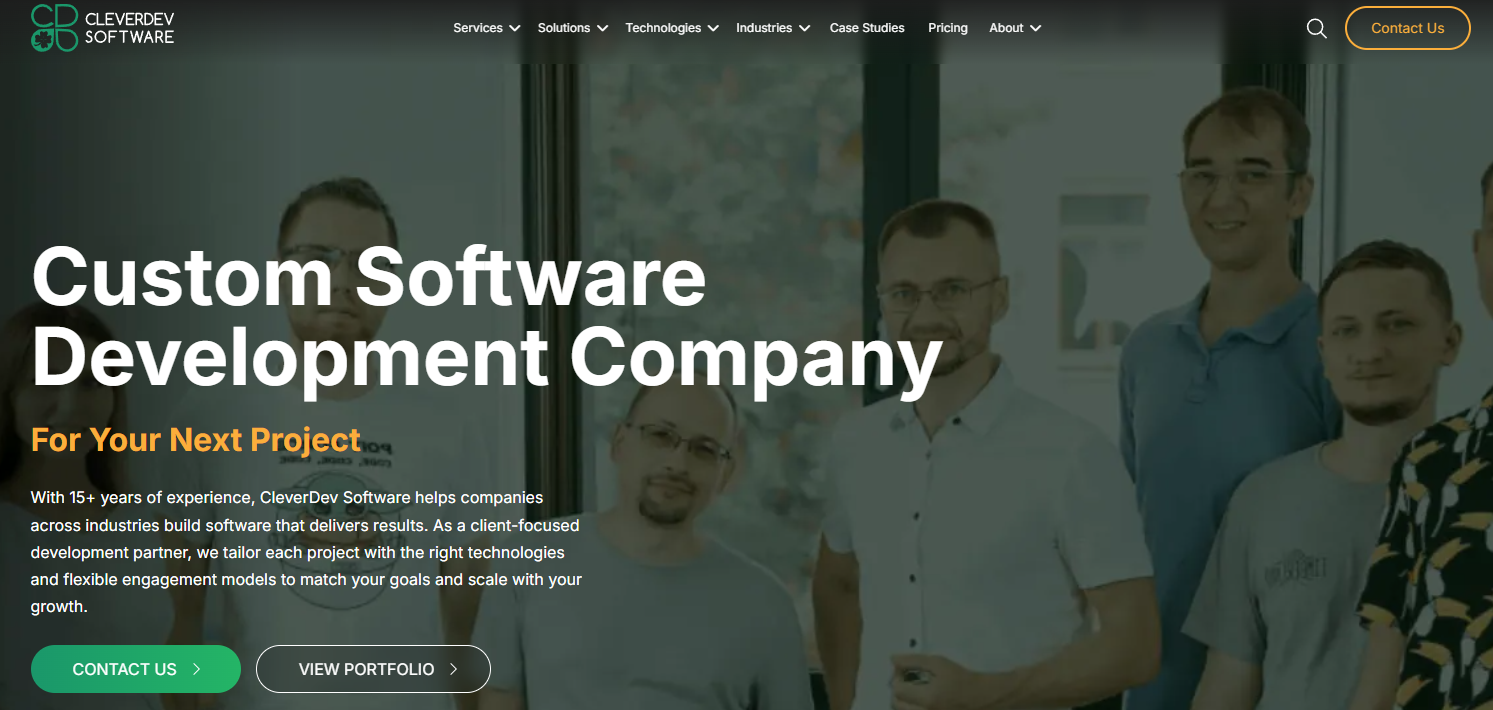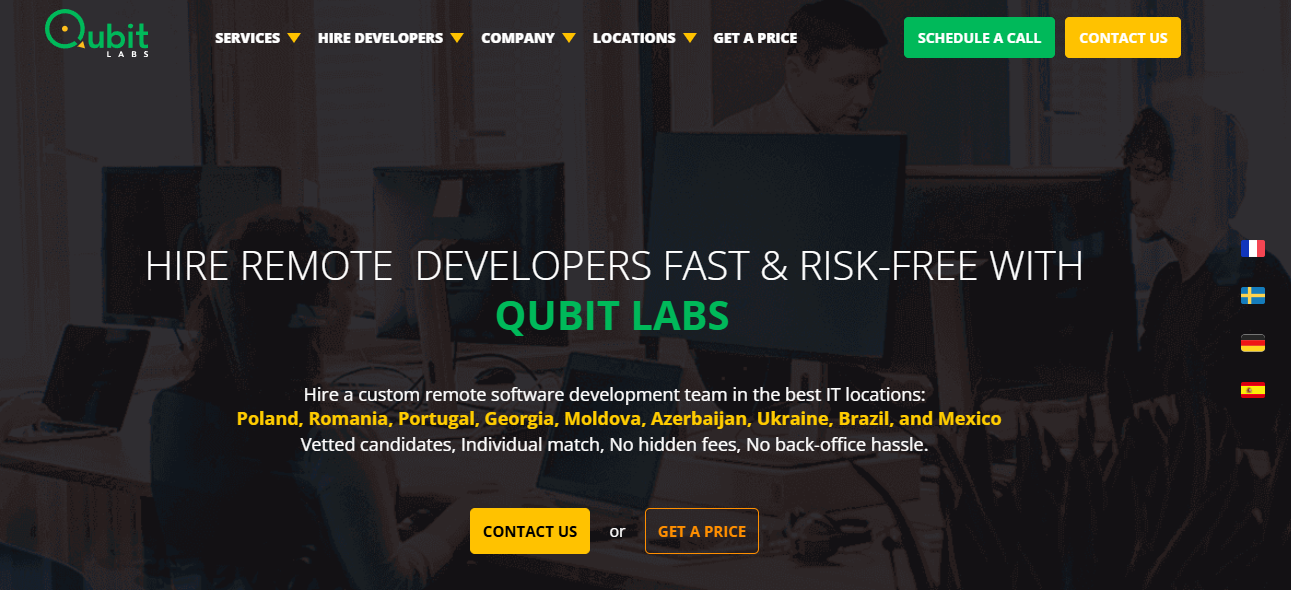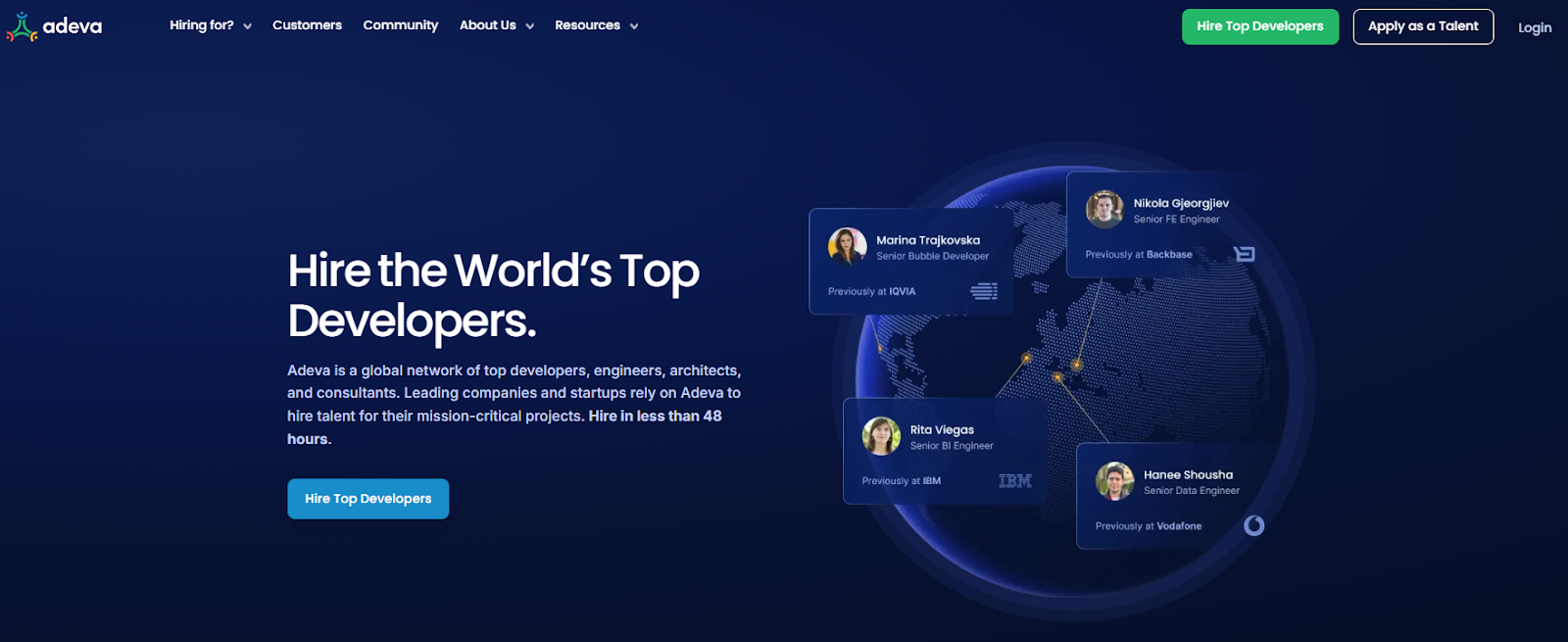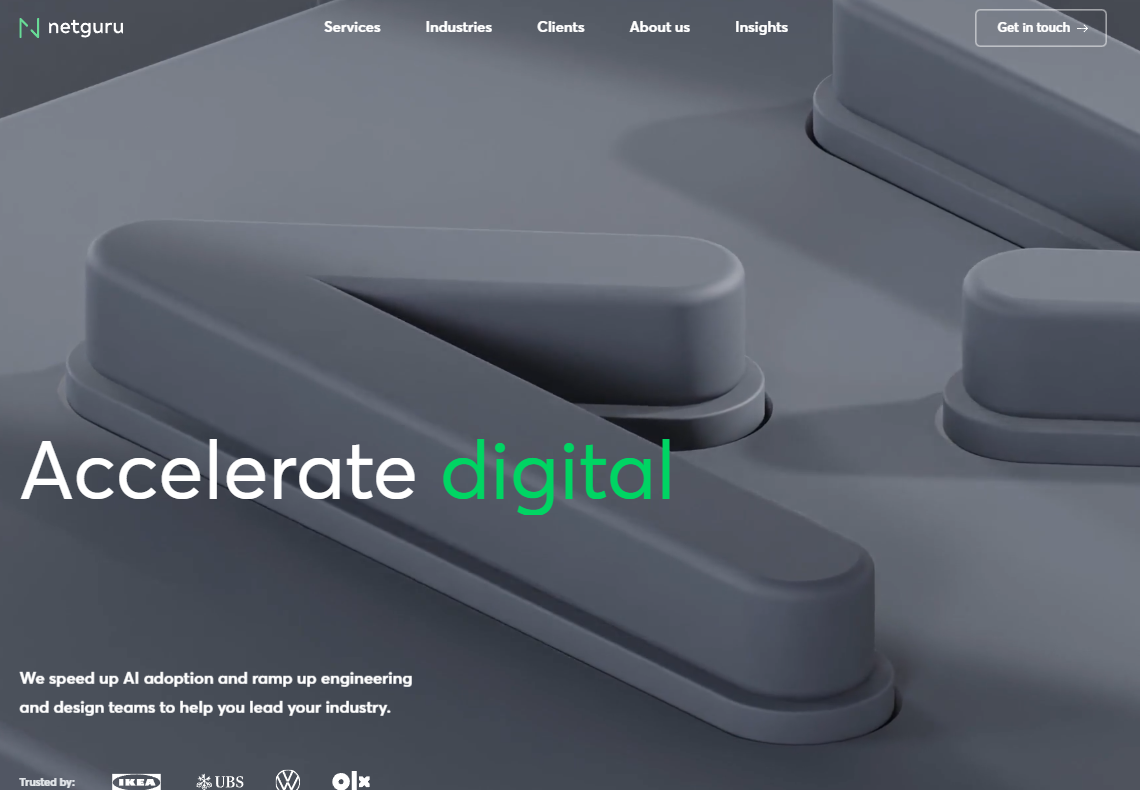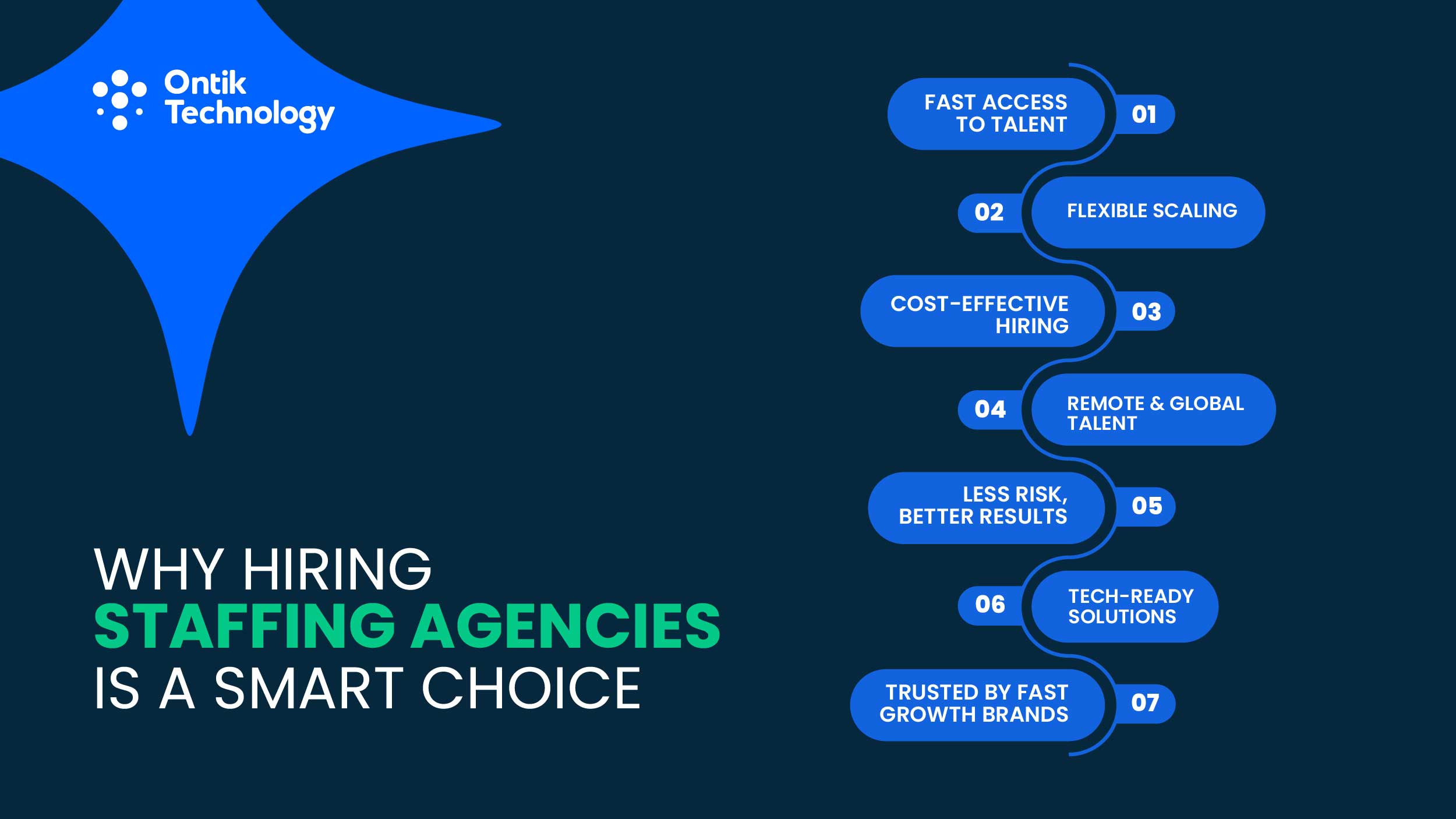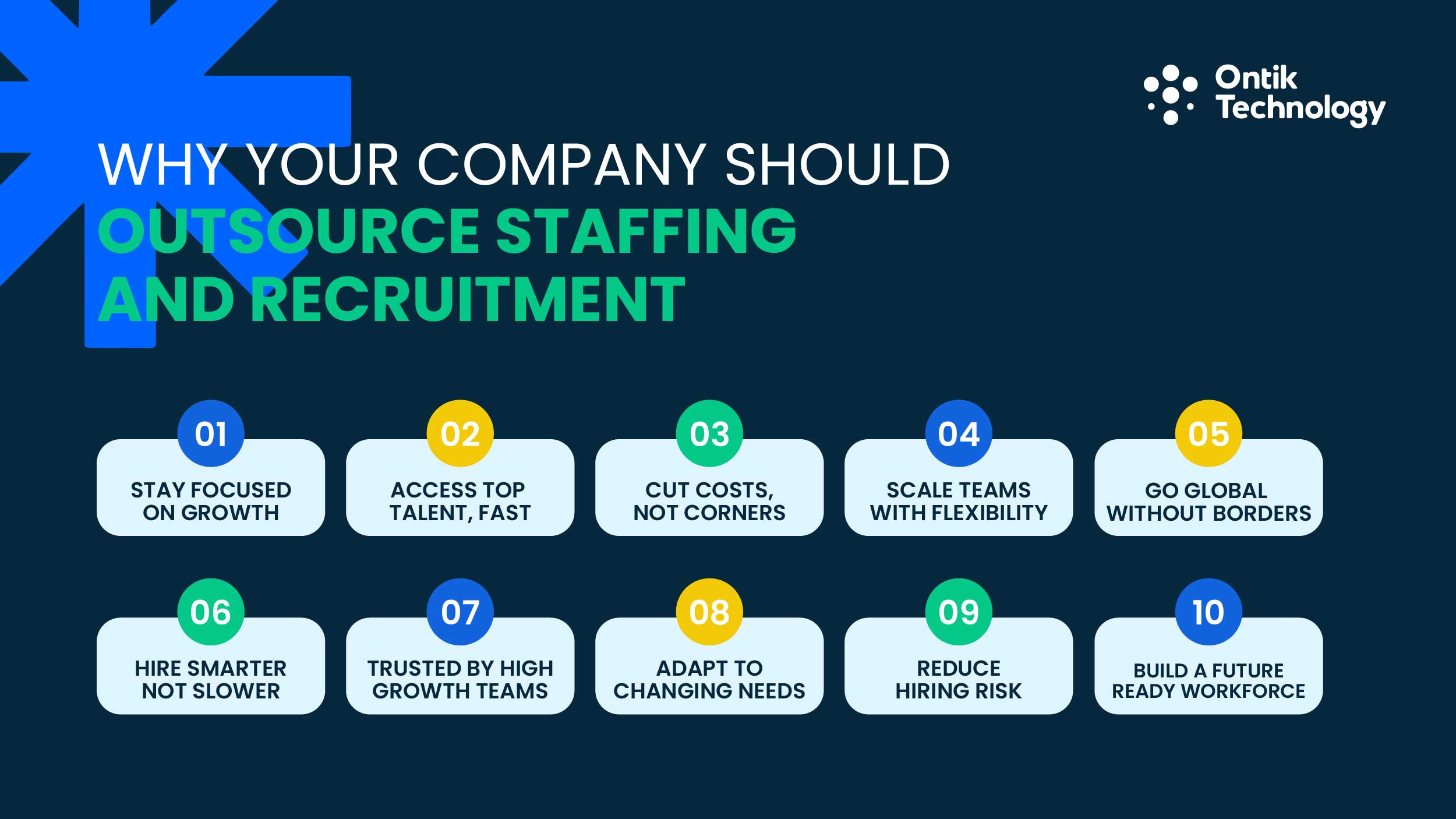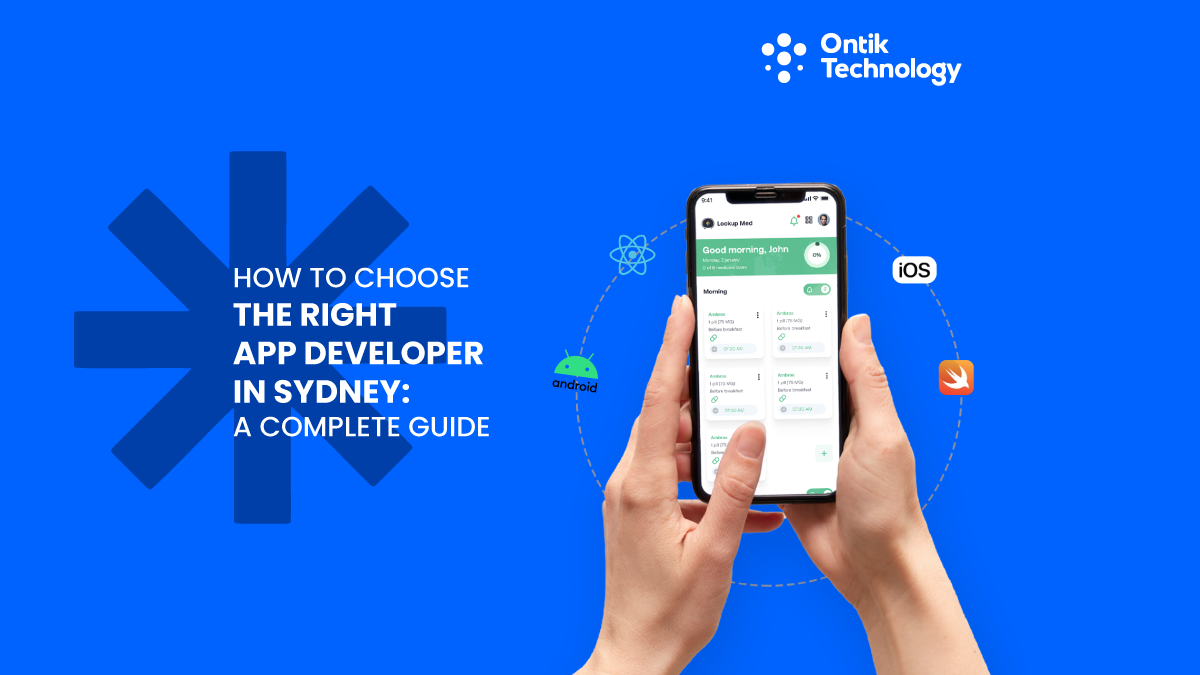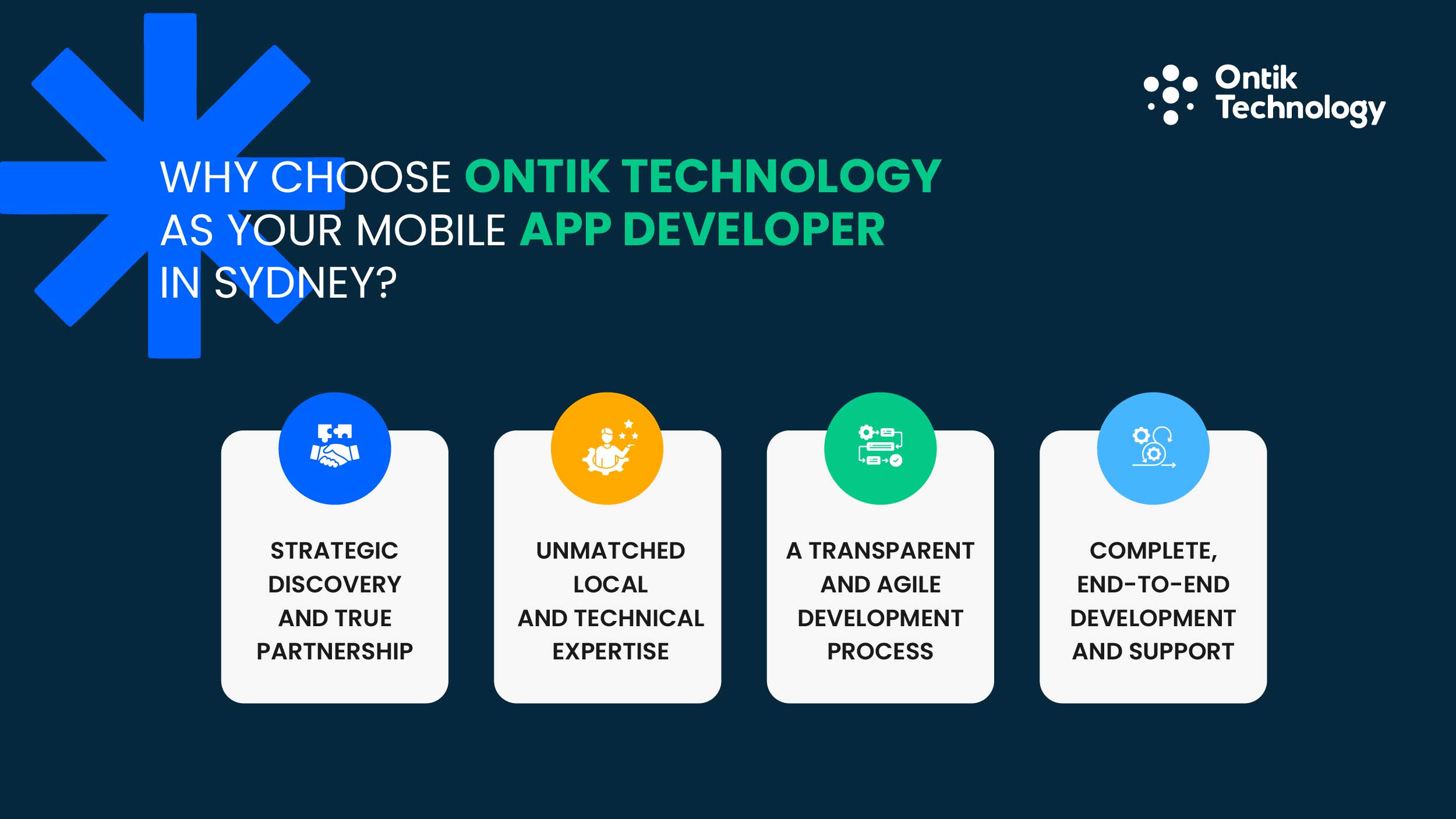Why SaaS Mobile Applications Are the Future of Scalable Tech Solutions?
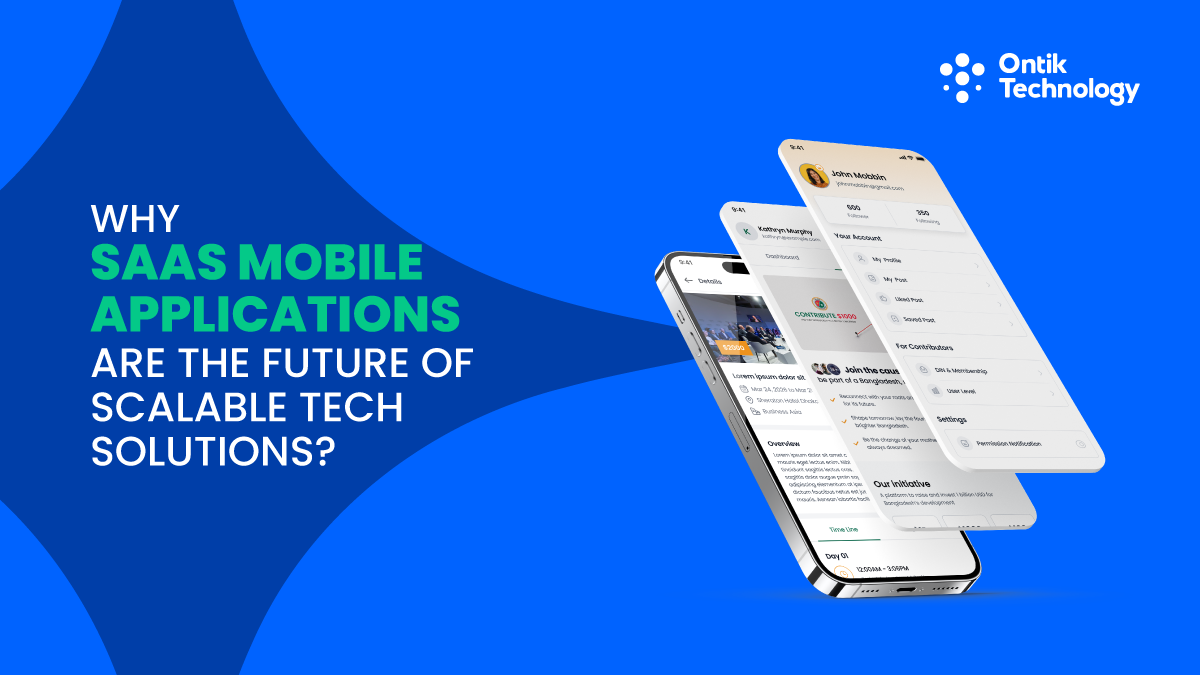
Companies or organisations no longer depend on manual or traditional software, they are more focused now in becoming digitalized. This is where SaaS mobile applications come to play. A saas mobile app runs without the hassles of any common software, making it easy to bring functionality at a large scale. It is inherently versatile, therefore it forms an integral part that allows businesses to deliver scalable services without the burden of traditional software of the SAAS (software as a service) model today catering to wide-ranging business requirements across industries.
SaaS applications are different from standard software in that they are hosted on cloud servers and accessible via all devices. It follows a subscription-based business model, ensuring lower upfront costs and faster updates. When it comes to app development, gone are the days of companies just wanting a flashy design; firms are now leaning toward user-friendly design, enhanced security, and global accessibility.
Many developers now use vibe coding software and custom SaaS app development to speed up launches. A saas mobile application needs careful planning, but the reward is stronger customer engagement. In 2024, the SaaS market passed $200 billion, with mobile SaaS growing at a 12% CAGR. Finance, healthcare, and education drive much of this demand. Companies like Ontik Technology, one of the best SaaS app development companies, set global standards for scale and quality.
The future is clear: SaaS Mobile Applications are not a trend. They are the foundation of scalable and innovative tech.
What Are SaaS Mobile Applications?
SaaS mobile applications are different from regular traditional applications or software. They run on the cloud but are designed for smartphones and tablets. Users no longer have to download and run heavy applications, they only need to open a saas mobile app, log in, and get started. For example apps like Slack, Dropbox, Zoom are all part of SaaS mobile applications.
It is not like you are purchasing the software when you begin to use a saas application. You subscribe to it. The saas business model spreads the cost over time and takes care of everything necessary to maintain the software for you. And this further lets saas application development like a stroll in the park. Thanks to the use of in-place upgrades via backend, and single foldable devices that do not require the same, they just work.
You can compare it with SaaS Web Applications. A web-based program performs in a browser. A saas mobile application delivers a similar service right into a mobile-friendly experience. That includes offline help, push notifications, and workability for little screens.
The figures say it all. More than 70% industries employed at least one saas app in 2024, and the global mobile SaaS market is worth over $60 billion. By 2030, therefore, purchasing power parity per capita income is expected to grow at an average annualized rate of 15%. This trend will be driven by finance, e-commerce and manufacturing.
So, when you hear about SaaS Mobile Applications, don’t think of them as “just another app.” They’re scalable business tools, designed to handle secure payments, sensitive data, and millions of users without breaking down. That’s what makes them different and hence, they’re growing so fast.
Quick Comparison: SaaS Mobile Applications vs Regular Software Applications
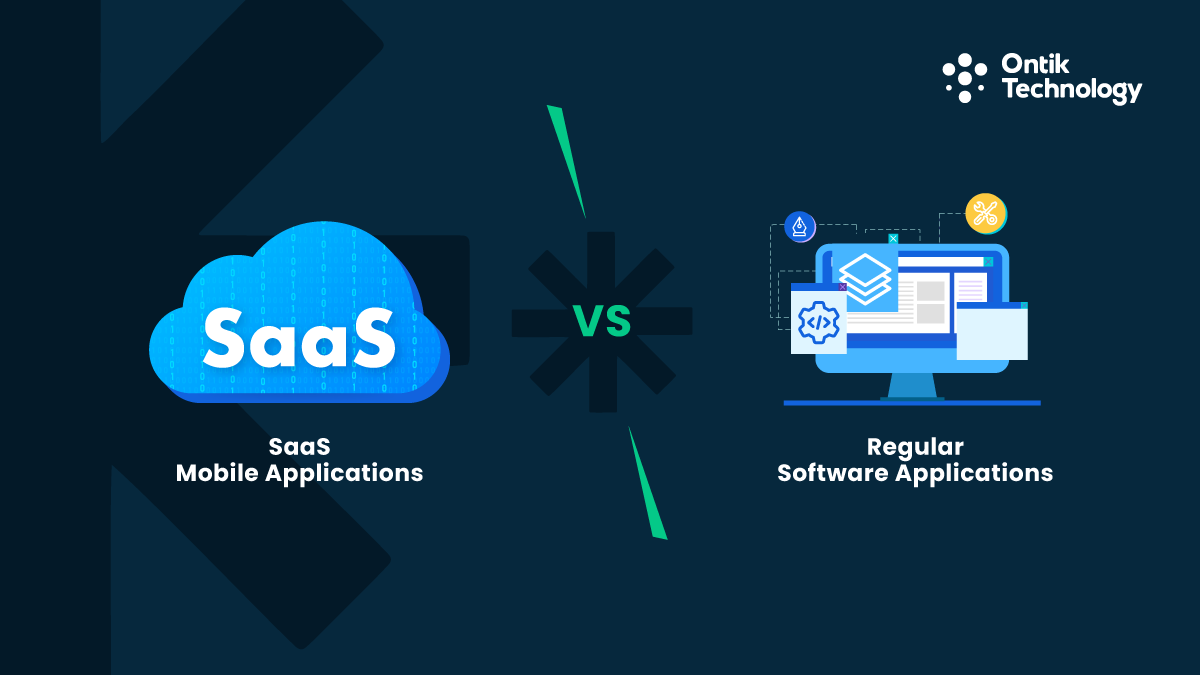
If you are one of those, who is tired of installing bulky and heavy apps on your mobile devices which takes a lot of space then SaaS mobile applications are the right fit for you. They don’t come with heavy licensing fees and can be accessed from any device using the cloud server.
A regular software application lives on your computer or phone. You buy it once, download it, and hope it works for years. The problem? Updates are slow, data security depends on the user, and scaling is a nightmare. Imagine running a retail chain with hundreds of employees. Installing the same tool on every device is time-consuming and expensive.
Now compare that with a saas mobile app. The software lives in the cloud. Updates roll out instantly. If you need 5 users today and 500 tomorrow, you scale in minutes. This is the core advantage of the saas model; flexibility without extra hardware or IT staff.
The Saas application development process is also different. Traditional apps need long release cycles and manual upgrades. A saas app can be updated weekly or even daily. For users, it feels like the software just keeps improving in the background. For developers, it means less downtime and better control over bugs.
Take Zoom as an example. Ten years ago, video calls meant using Skype, installing updates, and hoping the app wouldn’t crash. Today, Zoom is a saas mobile application. You install it once, and everything else runs from the cloud. Updates happen in the background. New features appear overnight. It works on both web and mobile without effort.
For businesses, the choice is simple. A software as a service solution means you pay a subscription and avoid the pain of ownership. Regular software requires tedious manual installs, safety concerns and a high purchase cost.
That is the reason why SaaS Mobile Applications are being opted by fast-moving industries such as Finance, Healthcare, e-commerce etc. It is fast, stable and designed for the way that people work now; on the go, from any device, at any time.
Why SaaS Mobile Applications Are Growing Worldwide
By now you should have a proper idea about why the demand for Saas mobile applications is growing at such a vast rate. In this section, we will go deep down to break the key reasons behind this sudden popularity of saas mobile app.
Design and Customization
Why it’s so popular: Flexibility is a big part of the story. Custom SaaS development allows enterprises to build apps that suit them perfectly. SaaS app design to payment system integrations, businesses are given custom tools. That’s why you’re seeing more B2B SaaS apps enter the market, particularly in industries like logistics, healthcare, and retail.
Market Confidence
Corporates are also more positive about SaaS due to improved data security and compliance. It will handle responses and store them in the provider's database which can be compliant with regulations such as GDPR or HIPAA. This makes SaaS Mobile Applications secure for sensitive data, bank details as well as all patient records.
Why Businesses Choose SaaS
The benefits are clear. A saas solution cuts costs and speeds up delivery. Companies don’t need to build everything from scratch. They subscribe, log in, and start using. For developers, saas application development means faster updates and fewer technical barriers. For businesses, it means staying competitive.
Key Features of Successful SaaS Mobile Applications
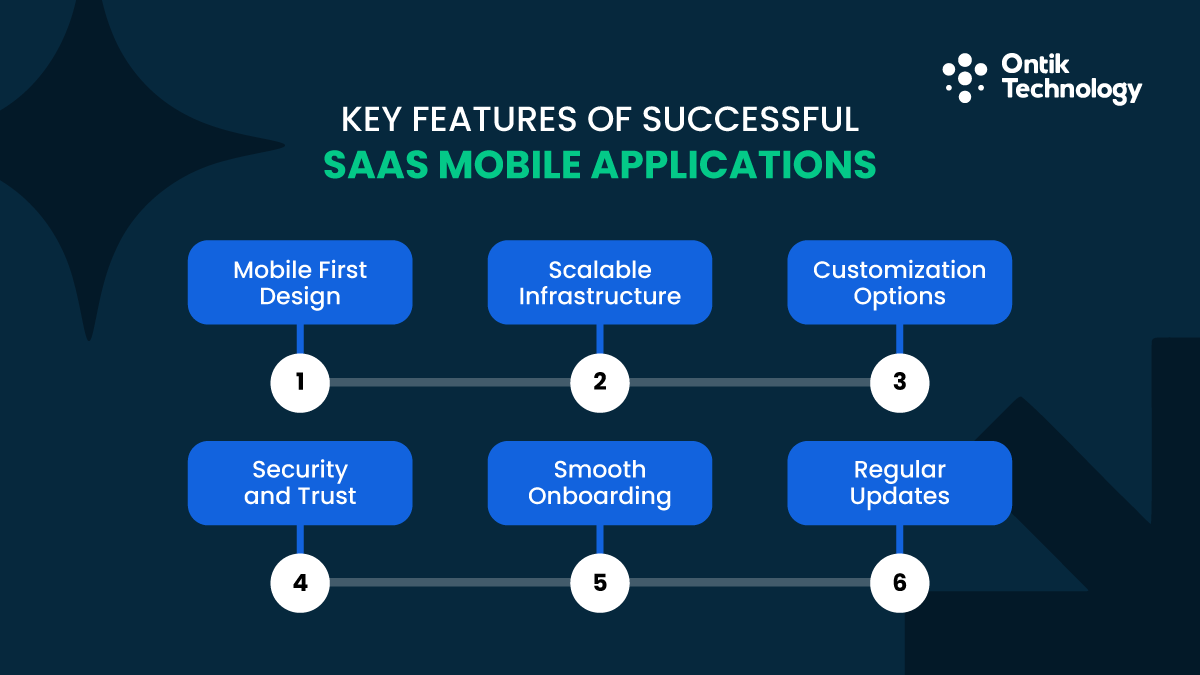
Whether you need B2B SaaS apps or ECommerce SaaS, every SaaS mobile app is not perfect and hence it is important to know about the right features you need to look for while selecting one for your enterprise.
1. Mobile-First Design
A saas mobile app must feel natural on a phone. Layouts, buttons, and speed matter more here than on desktop. That’s why SaaS app design now focuses on mobile-first principles like offline support, push notifications, and quick loading.
2. Scalable Infrastructure
For instance, a saas application may start with 100 users and then boom it could jump to 10k overnight. Successful apps prepare with cloud-native systems that expand without downtime. Ontik Technology, recognized as one of the top SaaS app development companies, has built global apps that handle such scale with ease.
3. Customization Options
Custom SaaS App adopts into your various workflows; keeping users engaged. Adaptability in every aspect like CRM integrations to custom dashboards. To offer you a custom-made feature, numerous enterprises choose to work with Custom SaaS Development Partners like Ontik.
4. Security and Trust
Companies won’t commit to a tool if security feels weak. Strong encryption, role-based access, and compliance (GDPR, HIPAA) are must-haves. Apps like Zoom and Dropbox scaled faster after improving their security.
5. Smooth Onboarding
The first few minutes of any app is crucial, this is where the user decides whether he stays or not. Apps like Slack and Notion prove how simple signup, clear tutorials, and smart defaults reduce friction. In SaaS, onboarding is not optional; it’s critical.
6. Regular Updates
SaaS apps cannot be static like traditional software. They release updates for bug fixes, new features, and performance improvements regularly: A successful saas mobile application rolls out regular updates. By following this rhythm the user stays happy and wants to come back.
The Role of Vibe Coding in SaaS Mobile App Development
Vibe coding is changing how developers build SaaS Mobile Applications. Instead of spending months writing complex code, teams use vibe coding tools to speed up the process. The result is a saas mobile app that’s faster to launch and easier to update.
Real Use in SaaS
Vibe coding is about speed, and for SaaS founders that means faster minimal viable products (MVPs) You then build a prototype version, you test it with some actual end users and based on feedback, you improve your service. This reduces the risk and cost involved in development. Hence, some of the well known Vibe coding apps were born this way.
Why Vibe Coding Works
Startups love it because it removes long development cycles. With vibe coding software, you can design, test, and roll out features in weeks instead of months. Many call it lovable vibe coding because it makes the whole process less stressful and more creative.
AI and Vibe Coding
Vibe Coding Gets Even Stronger With AI. The best AI fx 0or vibe coding assists with auto-complete, bug alert and writing small portions of the code. This speeds up SaaS build processes and prevents human error. Some tools combine AI with a vibe coding website editor so non-technical founders can join the process too.
Mobile-First Advantage
The strength of vibe coding mobile app development is speed on smaller devices. It helps developers build smooth navigation, push notifications, and mobile-friendly layouts without starting from scratch. It also ensures a saas mobile application looks and feels consistent across Android, iOS, and web.
Trend to Watch
Vibe coding has been considered the future for much of Saas application development. This allows solo or small team developers to compete with larger companies. This dominance of SaaS is only going to increase with the growing demand, which will make vibe coding an essential element for survival.
Can a Solo Developer Build a SaaS App?
Previously people used to think only a SaaS app development company can build a SaaS app. But in reality it is not true, even a solo developer can develop a SaaS app and perform SaaS app management. With the right tools and skills, developing SaaS Mobile Applications is possible.
The Main Challenges
Let's be honest, developing a SaaS application is not an easy task. . A saas application needs more than just coding. You need cloud hosting, payment systems, data security, and customer support. Building all of that alone is tough. Many solo projects fail because developers underestimate the workload.
How Is This Possible?
Things are changing. With vibe coding apps and modern application development platforms, one developer can build and launch faster than ever before. In this case most of the heavy lifting is done by cloud services like AWS, Firebase, Stripe etc. So this means a person can focus on saas application design & user-experience and outsource the back-end to these platforms.
Real Examples
Plenty of successful SaaS development companies started with one developer. Indie hackers often launch a custom SaaS app to solve a small problem, then scale over time. Tools for saas app management like automated billing and customer dashboards that make it easier to grow without a big team.
So to answer in short, yes, a solo developer can build a SaaS app. But success depends on focus. Start small, validate with users, and expand step by step. A saas mobile application requires careful planning, but with today’s tools, one motivated developer can go surprisingly far.
SaaS Mobile Applications in Different Industries
SaaS mobile applications don't only work for startups or smaller companies, Due to their flexibility, they can be used in almost any large industries that too by keeping the costs under control.
Finance
Banks and fintech companies use saas applications because they are fast, secure, and meet strict rules. Mobile SaaS tools run wallets, fraud checks, and lending apps. Services like Stripe and PayPal follow the software as a service model to handle billions of safe transactions.
Retail and E-commerce
Retailers have relied on SaaS mobile applications for aspects of retail business operations like inventory management, sales reporting, and customer loyalty programs. Shopify is a SaaS platform that allows small businesses to operate a full eCommerce store on their phone and put the retailer in control. The mobile app enables sellers to edit product features, track orders, and view sales and analytics whenever they want to.
Education
Online learning was the way to go during the Covid-19 pandemic, and this was just the start for online education. SaaS was uniquely positioned to dominate the sector. Google Classroom and Zoom are SaaS Mobile Applications that enable teachers and students to connect with immediacy. A SaaS Mobile Application for education typically involves pre-recorded video classes, digital tests, and cloud storage for any assignments.
Healthcare
In healthcare, SaaS Mobile Applications give patients access to digital health records, appointment scheduling, and telemedicine. A custom SaaS app can also connect with medical devices to share real-time data. Compliance with HIPAA and GDPR makes security a top priority here.
Logistics and Transportation
SaaS is also used by supply chain companies to track shipments, manage fleets and even predict delays. For instance, a custom SaaS development for logistics could involve real-time GPS tracking and AI-driven route planning. Managers can keep an eye on the operation on the go with a mobile interface.
We can see a similar pattern in each of these industries: the switch from what they were using previously to the SaaS Mobile Applications. The reasons for this change are simple; lower costs, faster updates and scaling capabilities. SaaS fits businesses needs today, and allowing them to be mobile as hospitals, banks and online stores to name a few, did not happen without the excess and older systems.
SaaS Mobile Applications Market Statistics
We have already discussed everything you need to know about SaaS applications, but now let’s discuss some numbers which will help you understand more about the efficiency of SaaS mobile applications.
Adoption Numbers
The average company now uses over 110 different SaaS apps for daily operations. Out of these, nearly half are mobile-friendly. A saas mobile app is often the first choice for teams in sales, customer service, and operations, since employees need access on the go.
Industry Spending
● With over $50 billion spent on SaaS solutions every year, financial services and banking have made significant investments in mobile services such as payments and digital wallets.
● Healthcare SaaS is growing at a blistering 20% CAGR as a result of telemedicine and health record applications.
● E-commerce companies are also spending heavily on SaaS tools, with carpet and rolls of products from SaaS mobile applications that are Shopify and BigCommerce.
Global Trends
● North America still leads SaaS adoption, but Asia-Pacific shows the fastest growth, adding millions of new users each year.
● By 2030, analysts predict SaaS will represent over 70% of all software spending worldwide, with SaaS Mobile Applications taking a significant share.
Mobile vs Web
In 2015, most SaaS apps were built for the web first. Now, more than 65% of SaaS application development projects start with a mobile-first approach. This shows the shift in user behavior, customers want instant access through their phones, not just desktops.
Choosing the Right SaaS App Development Company
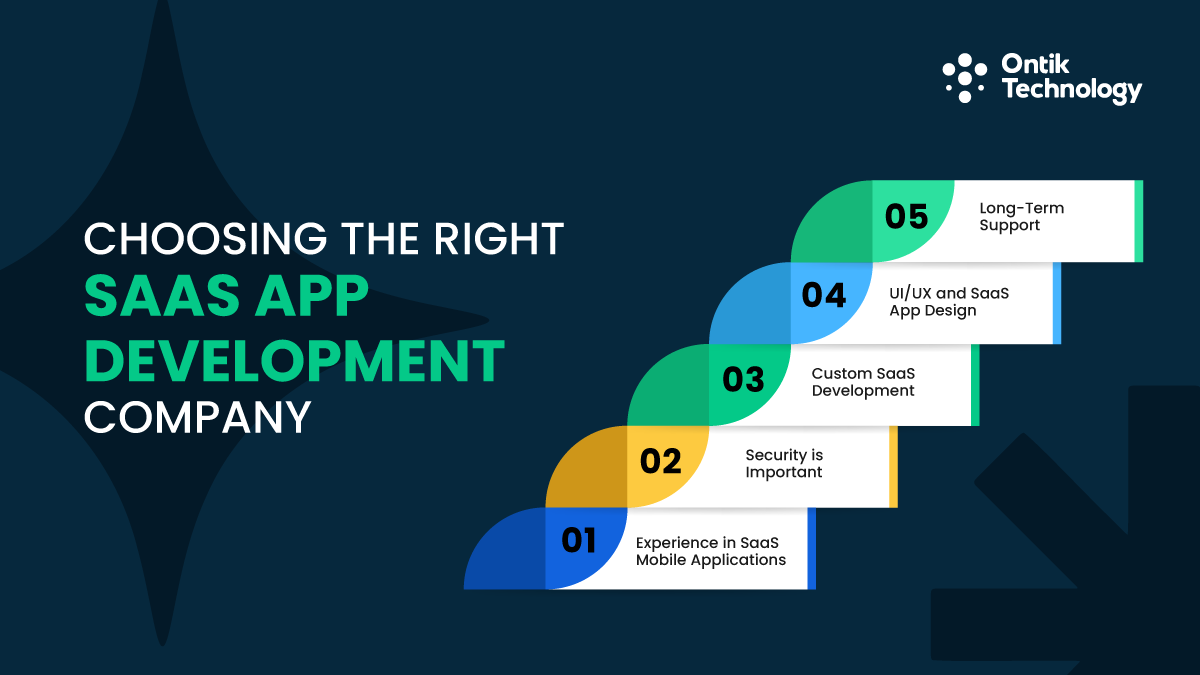
Building a saas mobile app is not just about coding. It requires design, security, scalability, and constant updates. That’s why choosing the right SaaS app development company is one of the most important steps for any business.
What to Look For
● Experience in SaaS Mobile Applications - The firm's experience should not be limited to just standard mobile app builds, but rather SaaS apps built on a cloud-based platform.
● Security is Important - A saas application will handle sensitive data. So, make sure you choose a firm with enough experience in compliance (GDPR, HIPAA, PCI DSS).
● Custom SaaS Development - Each business is different and will have different requirements. A good developer should provide custom SaaS app solutions, not generic templates. So, they should be experienced enough for custom SaaS app development.
● UI/UX and SaaS App Design - It doesn't matter how great the app is, if the interface is clunky or confusing users are not going to use it. You want a developer whose focus is on user-friendly design and a smooth onboarding process.
● Long-Term Support - SaaS is not a "set once and forget it" scenario. To maximize your chances of success, ongoing support for updates and saas app management is a necessity.
Why Ontik Technology Stands Out
Among the many options, Ontik Technology has built a global reputation as one of the best SaaS app development companies. It is a well known SaaS app development company. They specialize in custom SaaS development, creating scalable apps for industries like finance, healthcare, and education. And they do it all in a way that combines innovation with excellent application development services, which lands them smack on top of any business list who needs scalable reliability.
Conclusion
This incredible rise of SaaS Mobile Applications trends reflects just how fast business tech continues to evolve. Startups and enterprises depend on them for speed, safety and expansion. So, a saas mobile app is a must have. Old software models are fading. Software as a service tools are always up to date, will run on any device, and will scale to your demand.
They are used by both companies and developers, because they help in reducing costs, and saves time. Looking ahead, innovations like vibe coding, AI, and custom SaaS apps will push this shift even further. In the global market, those investing in SaaS Mobile Applications today will shape the success of tomorrow.




